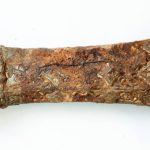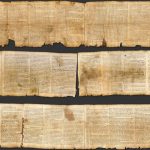According to several popular Hollywood movies – A Beautiful Mind, The DaVinci Code, and National Treasure, to name a few – people use elaborate codes all the time. Coded messages are, indeed, the tool of the trade for spies, members of secret societies, and clandestine lovers. Reality, sadly, is far less dramatic.
Average people rarely use codes, which is why Sara Rivers Cofield was intrigued when she found a crumpled note in the pocket of a 19th-century dress. But the code turned out to be one tough nut to crack! Finally, after ten years, someone has been able to decipher the message. You won’t believe what it said.
An Unexpected Find
The story of this ten-year-old puzzle begins with Sara Rivers Cofield. As an archaeologist and curator at the Maryland Archaeological Conservation Laboratory, she is a lover of history and antique artifacts. She even collects antique clothing as a personal hobby.
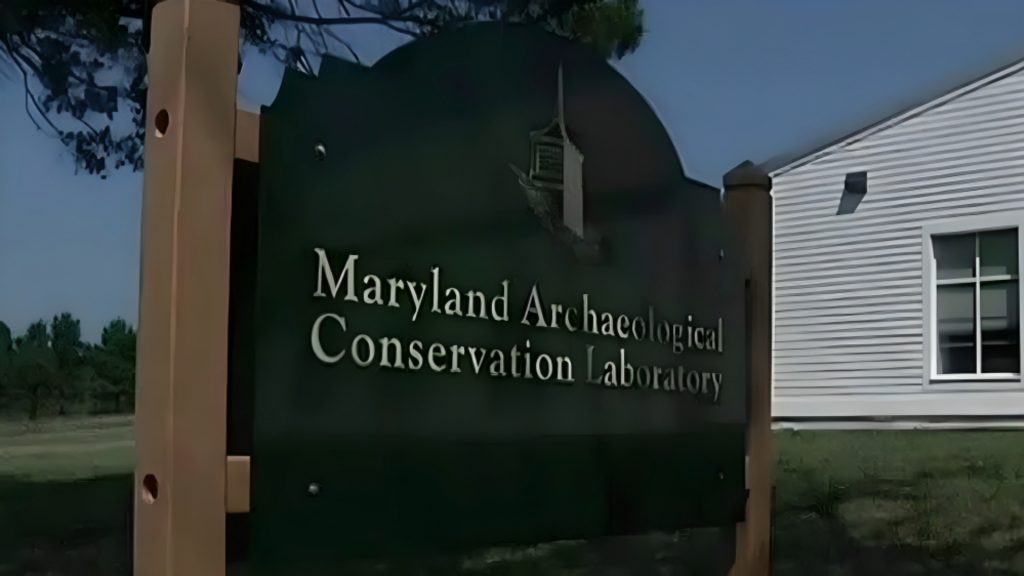
She explained on NPR, “In archaeology, we don’t typically find clothes. That doesn’t survive in the archaeological record, so it’s what I do in my spare time. I collect antique clothing, and I like that connection to the past. And this particular dress really spoke to me because I didn’t have any nice 1880s bustle dresses in my collection.”
A Secret Note in a Secret Pocket
While examining the bustle dress, which she purchased in Maine, Rivers Cofield spotted a hidden pocket. Within that pocket, she found a crumpled-up piece of paper. She carefully smoothed open the yellowing note, probably expecting to see a grocery list or a reminder note.

Instead, Rivers Cofield read a series of handwritten words. But they made no sense. One line read, “Bismark Omit leafage buck bank.” Another said, “Paul Ramify loamy event false new event.” Yet another said, Calgary, Cuba, unguard, confute, duck, fagan.” The name “Bennett” also appeared.
Social Media to the Rescue
Rivers Cofield was baffled by the strange note. Clearly, it was code for something, but what? In hopes of finding an answer, Rivers Cofield did what we all do these days … she posted it on social media.

She explained, “I posted it to my family, and I think somebody in my family posted it on Reddit, and then the code breakers got a hold of it.” A lot of code breakers, in fact. For the next ten years, the note in the dress became a popular topic of conversation among hobby code breakers.
An Unsolvable Mystery
The code from the dress stumped code breaker after code breaker. Many of them labeled the note “unsolvable.” Others remained determined to crack the code and find out what information was so secret that it had to be written in a cipher in the first place.
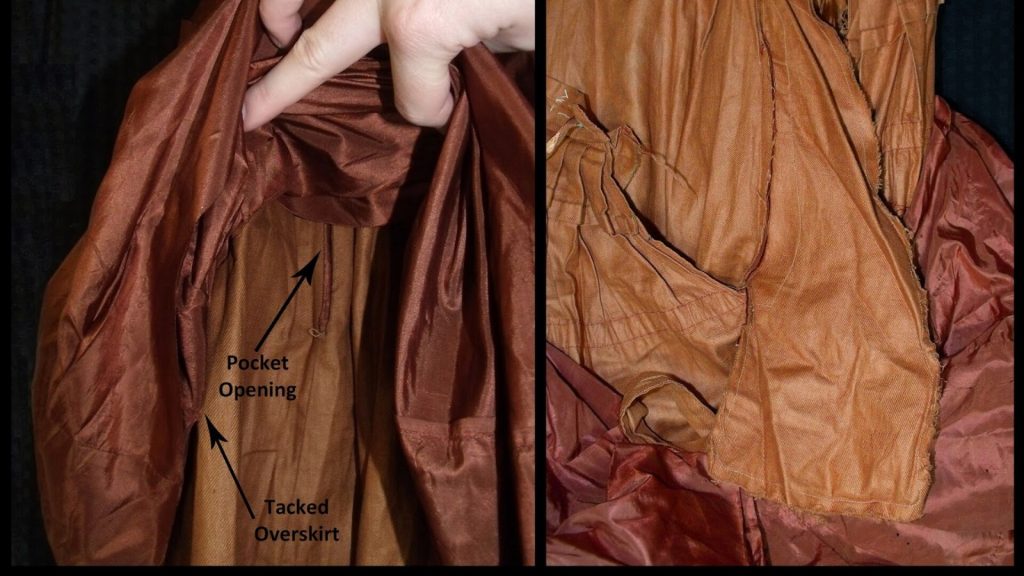
Could it be information meant to be passed from one spy to another? Was it instructions to a buried treasure? Maybe it was a record of illegal gambling? Or perhaps it was a love letter intended for the dress owner’s secret lover?
Enter Wayne Chan
Wayne Chan is a data analyst for the Clayton H. Riddell Faculty of Environment, Earth, and Resources’ Centre for Earth Observation Science at the University of Manitoba in Winnipeg. As a data scientist, part of Chan’s job is to look for patterns and interpret the information at hand.

These are skills that Chan also applies to his favorite hobby … code breaking. When he came across Rivers Cofield’s dress code on the internet, it caught his attention. Chan loves a challenge … this looked like the perfect puzzle for him to solve.
A Theory Emerged
As Chan began researching the strange code, a theory emerged. He wondered if the words could be a telegraph code. From his research, he knew that codes were used by several different industries – the mining and banking industries, for example – when sending telegrams.
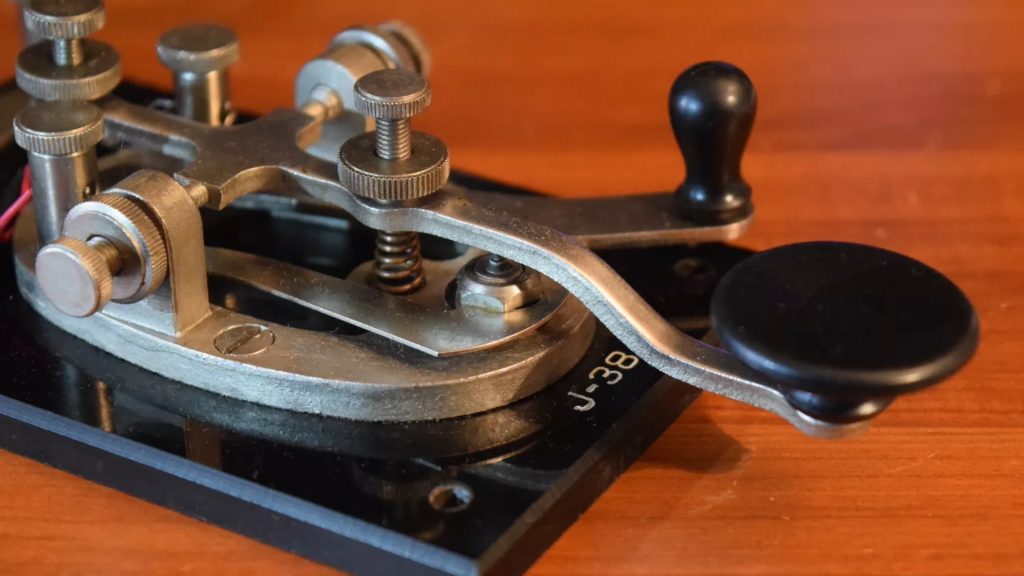
The problem was that there were so many different codes used by so many different businesses. And the codes changed from time to time. He would need to find the exact code if he was going to be able to decipher the message.
The Telegraph – the Modern Way to Communicate
To understand telegraph codes, we must first take a look at the telegraph system to see how this new, modern, and revolutionary form of communication transformed America. The telegraph was introduced in the 1830s. By the end of the 1840s, telegraph wires linked every city in the country.
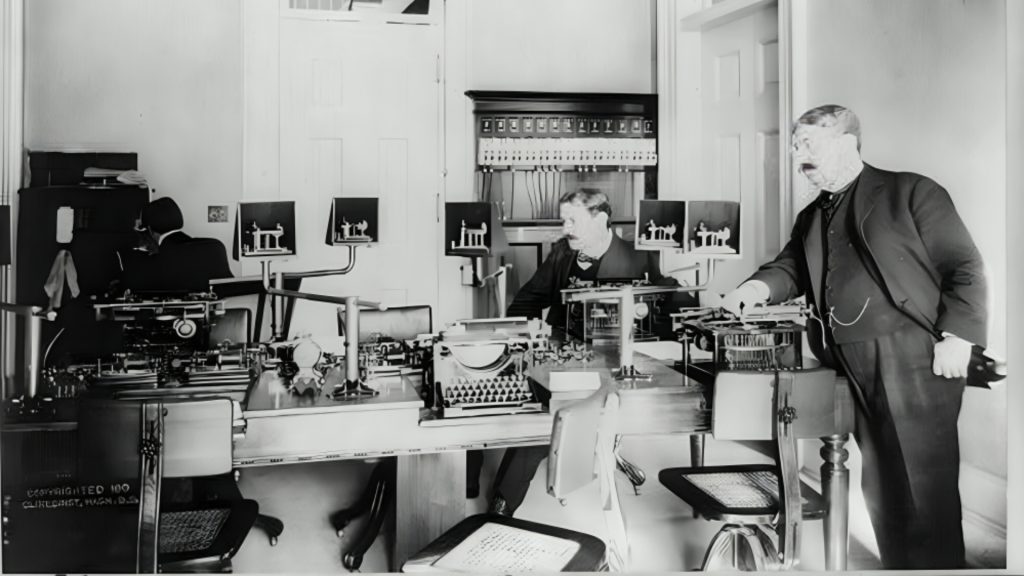
The telegraph was basically a way to send beeps along telegraph wires from one location to another. Thanks to Samuel Morse and Alfred Vail, a code (yes, another one!) was developed using different combinations of short and long beeps to spell out words. As primitive as this seems to us in the cell phone age, this was cutting edge technology in the 1800s.
Speeding Up Long-Distance Communication
Before the telegraph came along, the only way to move information from one place to the next was to physically move it … either sending a letter through the postal system or sending a courier to hand-deliver the message. Both of these methods were slow and limiting.
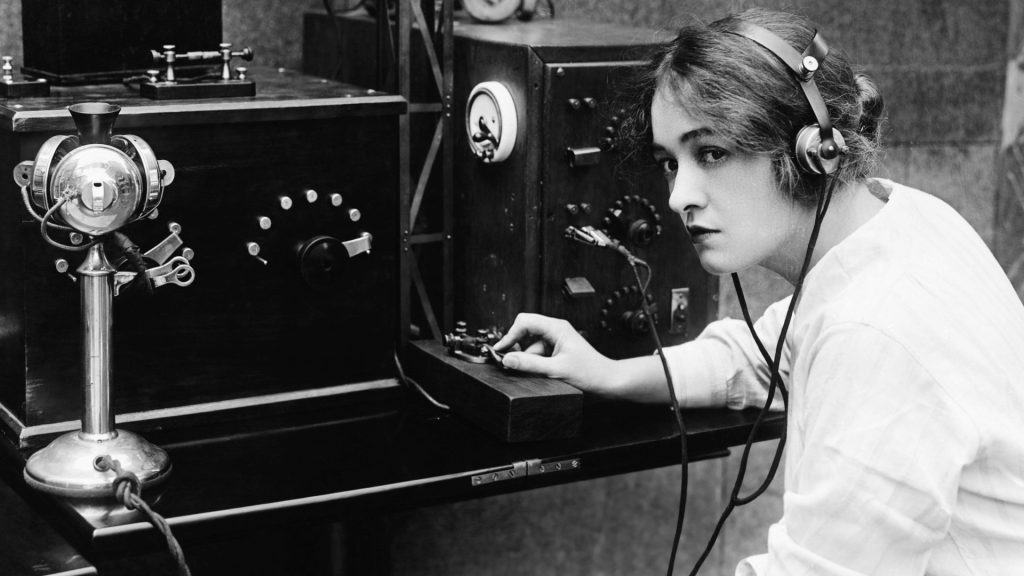
Through the magic of the telegraph, messages could be sent over great distances and received almost instantaneously. The telegraph transformed American society by providing a quicker way to communicate and disseminate news. There was just one problem … it was expensive.
The High Cost of Telegrams
Sending telegrams in the 1800s was quite costly. Telegraph companies had to charge a high fee to recoup the money they invested into the installation of telegraph poles and run lines around the country. The equipment itself was another significant expense.
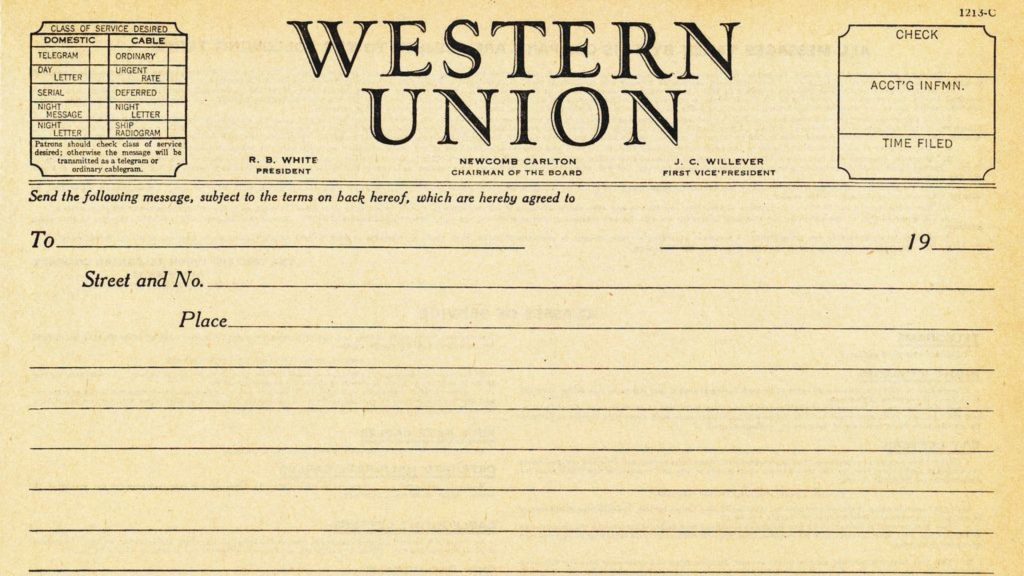
On top of that, telegraph companies had to hire and pay telegraph operators. As a new and emerging technology, there was no standardization or regulations so telegraph companies could charge whatever they wanted per word. If they wanted to use the new-fangled technology, they would have to figure out a way to work the system.
Getting the Most for the Money
Telegraph companies charged customers by the word, so sending a lengthy message could run up the tab. To cheat the system and get the most for their money, clever folks developed a code in which a single word represented an entire phrase or sentence.

Telegraph codes were used by businesses, financial institutions, news agencies, individuals, and other organizations to minimize the cost of wiring messages across the country. But how did the person on the other end know what they were reading?
A Codebook for Every Trade
For the telegraph codes to work the way they were supposed to, both the sender and the receiver had to know the code. There are some terms and phrases that are common for one industry that are rarely used in others. For this reason, each group, company, or industry developed their own codebook.

The codebooks allowed people on both sides of the telegraph wire to share the codes that were specific to their industry. With the right code book, the receiver could decipher the coded telegram and understand the message.
Searching through the Codebooks
Wayne Chan felt certain that the code from the dress was telegraph code, but he needed to determine which codebook would crack the code. There turned out to be way more codebooks than he anticipated.
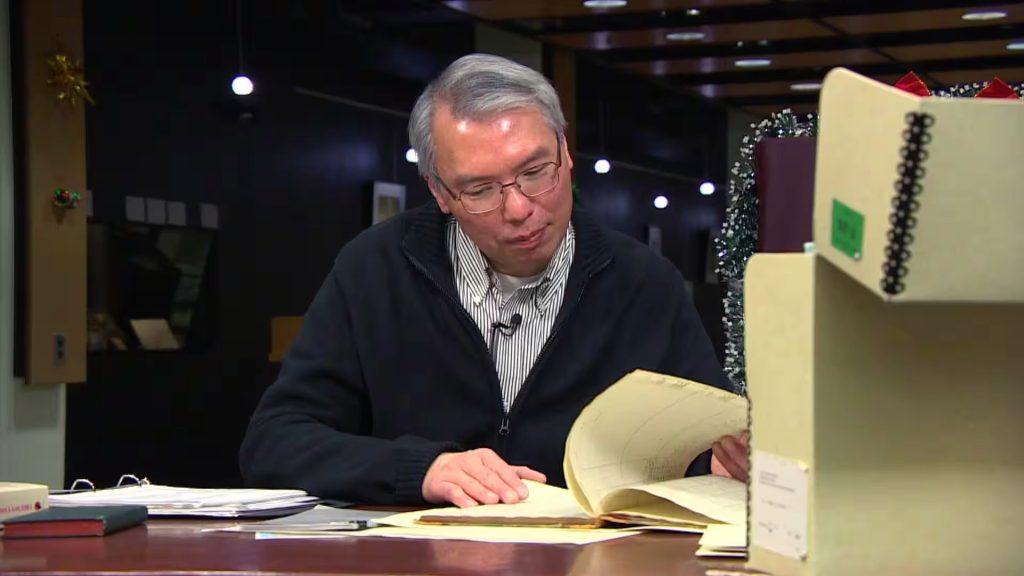
Chan combed through every old telegraph codebook he could get his hands on, searching for the words in the dress’s code. He searched through nearly 200 codebooks before he came across a piece of information that took him in a new direction.
A Step Closer the Cracking the Code
Chan’s research led him to a book that contained information about the various groups and industries that used telegraph codes in the late 19th century. In it, he found a mention that both the U.S Army Signal Corps and the U.S. Weather Bureau utilized telegraph codes.

On a lark, Chan contacted a research librarian at NOAA, the National Oceanic and Atmospheric Administration. In the NOAA archives was a telegraph codebook from 1892. The librarian was happy to loan it to Chan.
Finding Success After Ten Years
The NOAA telegraph codebook was the key to unlocking the dress’s mysterious message. Chan explained, “When I first thought I cracked it, I did feel really excited. It is probably the most complex telegraphic code that I’ve ever seen.”
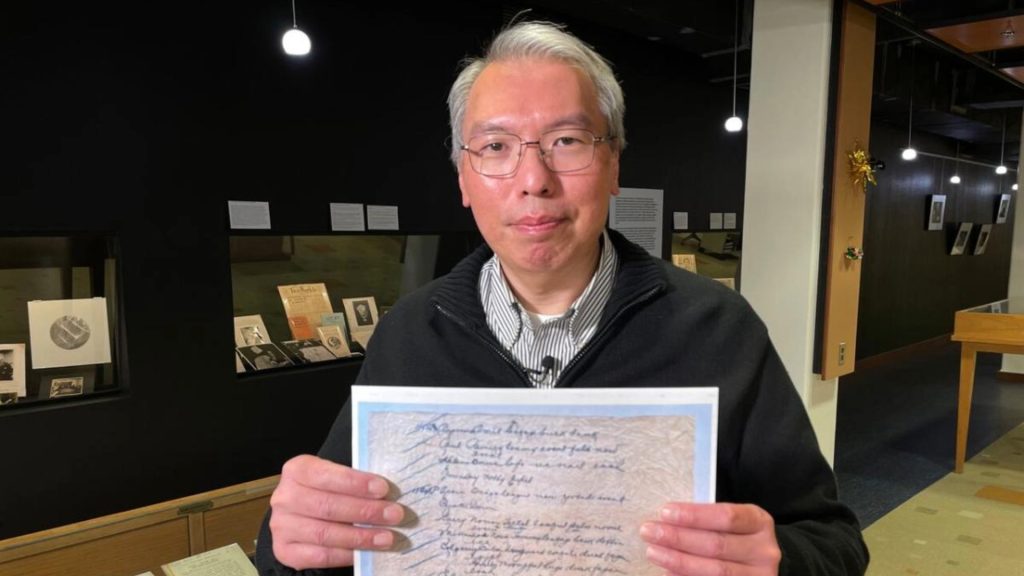
Sara Rivers Cofield was thrilled to finally know what the message said. She explained, “The real hero of this story is Wayne Chan, somebody whose hobby is breaking codes. He’s the one who broke this code by tracking down the right telegraph code books.”
So, What Did the Message Say?
The note that Rivers Cofield discovered was a weather report! Each individual word stood for a longer series of words. In this case, each word represented detailed weather data, including temperature, wind speed, barometric pressure, dew point, and more.

Chan explained, “For the first time in history, observations from distant locations could be rapidly disseminated, collated, and analyzed to provide a synopsis of the state of weather across the entire nation.”
Mystery Solved…Sort Of
So, the mysterious coded message found in the pocket of the 1880s dress turned out to be a weather report. Rivers Cofield said, “I think some people are like, wow, that’s kind of a letdown. But I’m thrilled.” The mystery might be solved but there are still unanswered questions.
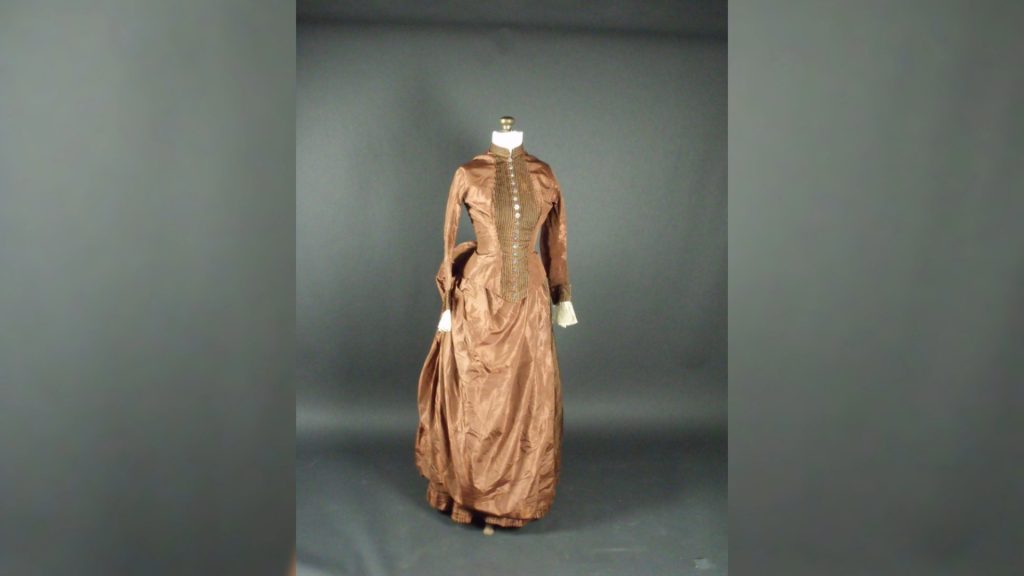
Neither Rivers Cofield nor Chan have been able to determine who the dress belonged to and why a weather report was in her pocket. The name “Bennett” was on the note, but Chan’s research could not locate a woman with that name working for the Army Signal Services in the 1880s and 1890s. The mysterious note still has secrets to be revealed.


